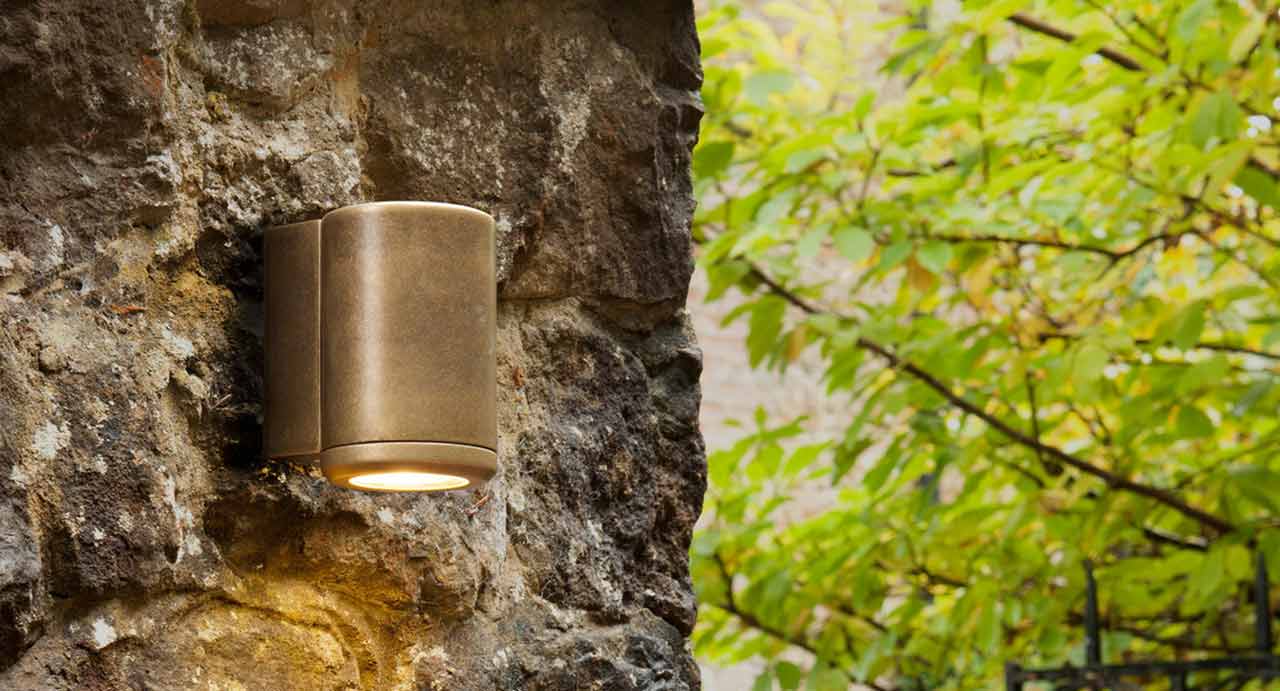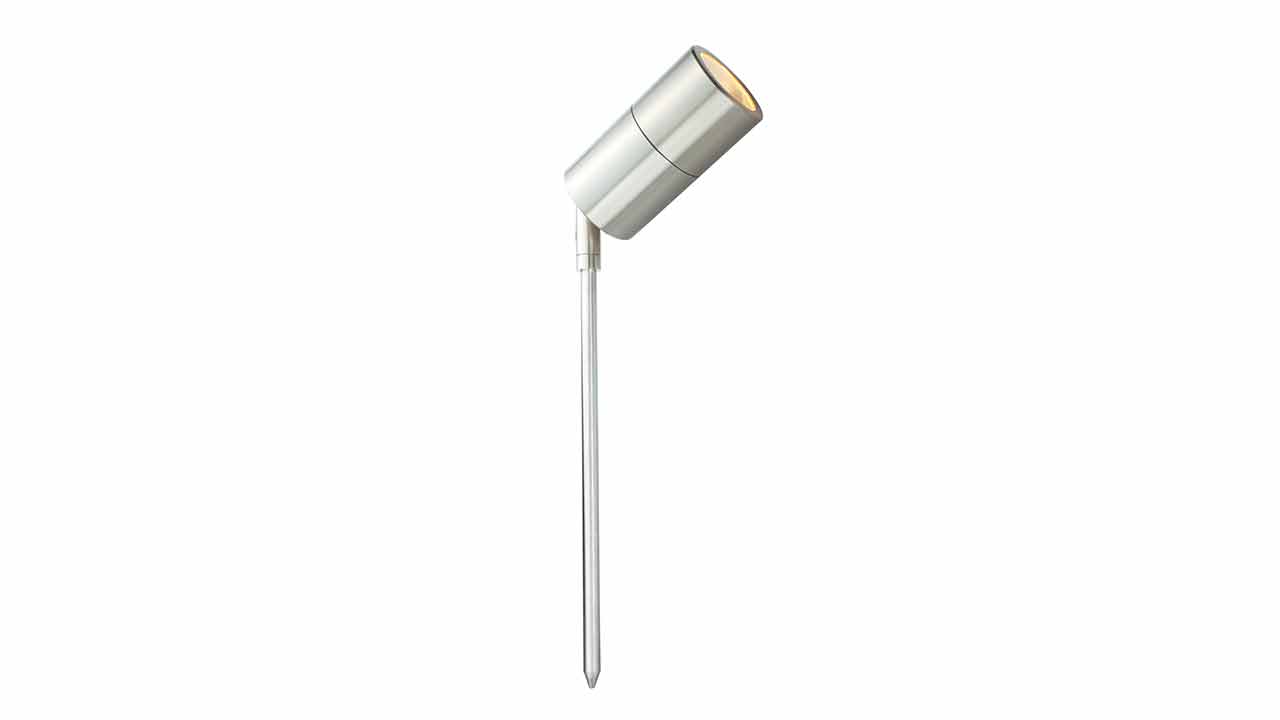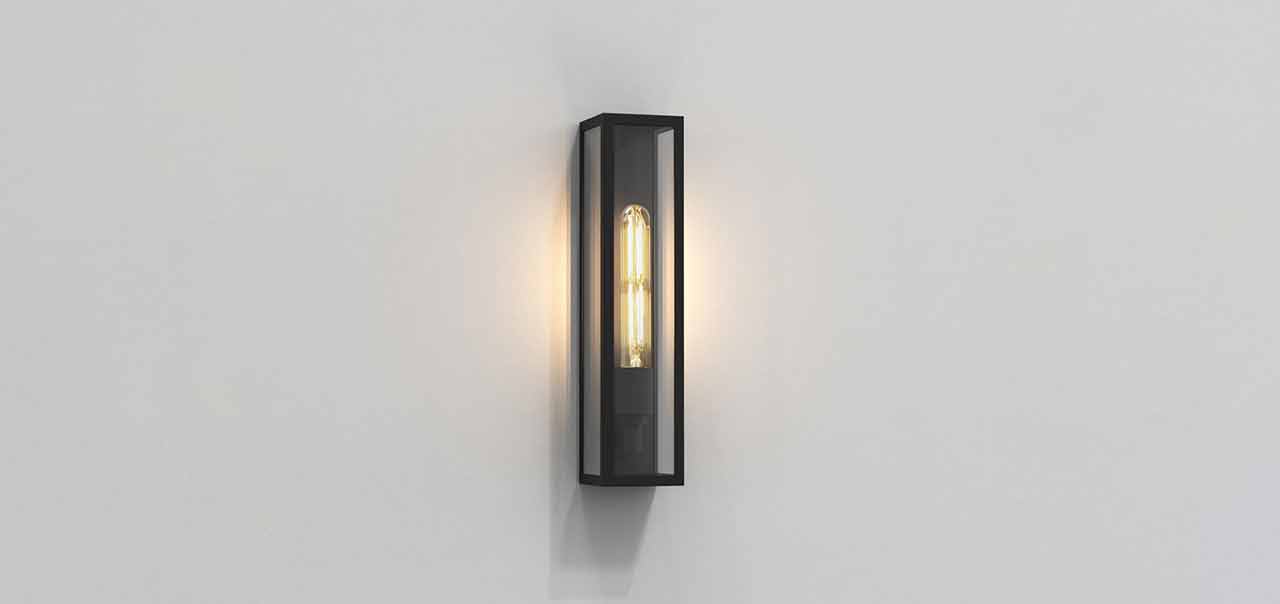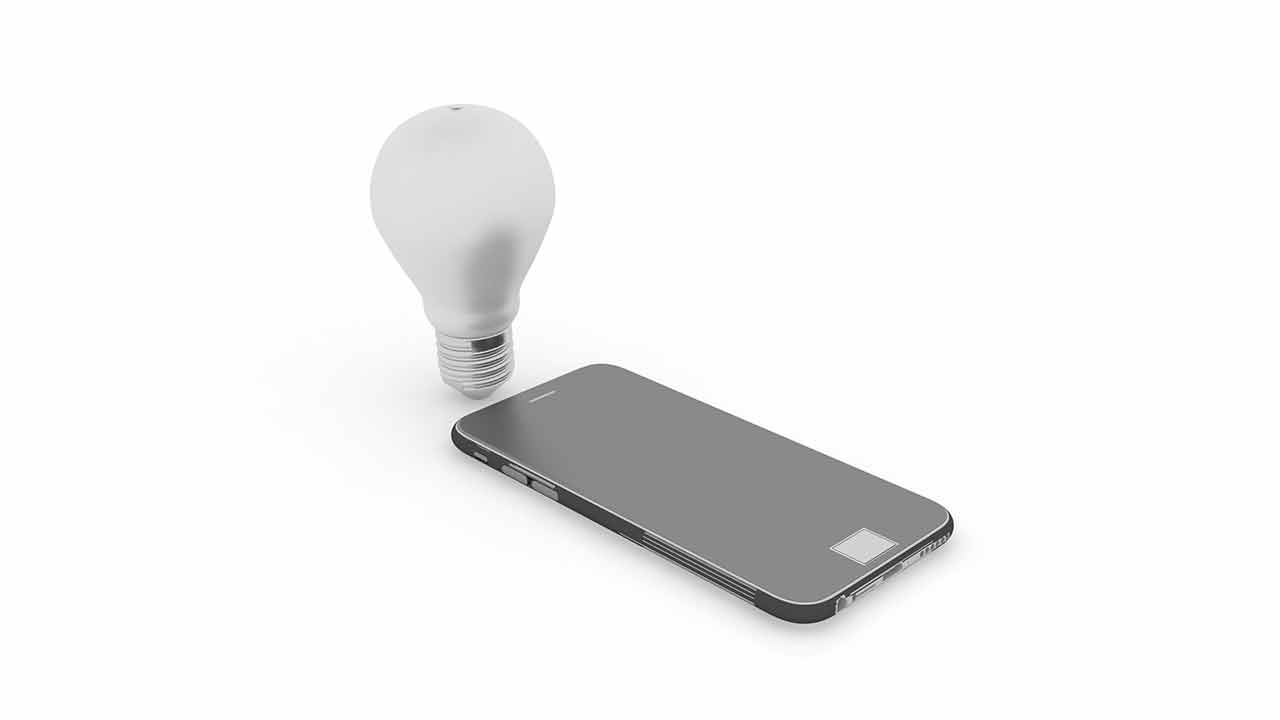Outdoor Lighting Safety: Using Standard Bulbs in Waterproof Fittings
Waterproofing and safety are paramount in outdoor lighting. Rain can infiltrate outdoor lighting systems, causing corrosion and short-circuiting, while strong winds can damage fixtures and disrupt carefully arranged setups. Using standard indoor bulbs outdoors can be cost-effective, provided proper precautions are taken to shield them from the elements and ensure their longevity. This article will guide you through choosing waterproof light bulbs and fittings, explain the benefits of LED and smart bulbs in outdoor settings, and provide expert safety tips.
What Does Waterproof Mean in Lighting?
In lighting, understanding the concept of waterproofing is essential, particularly when considering outdoor installations. Waterproofing in lighting is often described using the Ingress Protection (IP) rating system, which indicates the degree of protection against intrusion of solids and liquids into electrical enclosures.
IP Rating System:
- IP20: Provides protection against solid objects larger than 12.5mm, making it suitable for indoor use or well-protected outdoor areas with minimal exposure to dust and moisture.
- IP44: Offers protection against solid objects larger than 1mm and water splashes, making it suitable for covered outdoor areas like porches.
- IP54: Guards against dust ingress and water splash from any direction, making it suitable for outdoor areas exposed to moderate weather conditions.
- IP65: Protects against dust and low-pressure water jets, ideal for areas exposed to rain and occasional water jets.
- IP67: Guards against dust ingress and immersion in water up to 1 meter depth for short durations, suitable for areas prone to heavy rain or splashes.
- IP68: Offers the highest level of protection against dust and continuous immersion in water beyond 1 meter, suitable for underwater lighting or areas subject to extreme weather conditions.

Understanding these IP ratings allows you to select the appropriate level of waterproofing for different areas around the home, ensuring the longevity and safety of your outdoor lighting installations. For example, while a covered porch might only need lights rated IP44, lights exposed to rain and jets of water will need IP65 or higher. When choosing outdoor lighting solutions, it is essential to consider the placement of the lights in your outdoor space and the level of exposure to moisture and harsh weather conditions.
Choosing Your Outdoor Lighting Fittings
When it comes to outdoor lighting, selecting the right fittings involves considering various factors, from practicality to style. Here’s a guide to help you make informed choices:
Types of Outdoor Waterproof Fittings
- Wall Mounted: Wall-mounted fixtures are versatile and perfect for illuminating entryways, patios, and garden walls. Consider adjustable options to direct light where it’s needed most.

- Hanging: Hanging fittings add a touch of charm to covered outdoor areas like porches, verandas, and gazebos. For installation flexibility, opt for weather-resistant materials and adjustable chain lengths.
- Post Lights: Post lights provide ambient illumination along driveways, pathways, and garden borders. Choose designs that complement your outdoor aesthetics and consider solar-powered options for eco-friendly lighting solutions.
- Ground Lights: Ground lights are ideal for highlighting landscaping features, pathways, and architectural elements. Select fittings with adjustable heads for precise light direction and opt for robust construction to withstand outdoor elements.
- Recessed and Inground Lights: Recessed lights are installed flush with pathways or steps, providing subtle illumination to guide safe passage without creating trip hazards. Inground lights are placed along walkways or driveways, offering low-level lighting to mark pathways and enhance visibility, reducing the risk of accidents during nighttime navigation.
Material and Design Choices
When it comes to outdoor lighting, there are an extensive range of fittings to choose from. Consider the following tips to help you select the best options for your outdoor space:
- Material: Invest in fittings made from durable materials such as stainless steel, aluminum, or copper for longevity and resistance to corrosion. Consider the coastal environment and opt for marine-grade materials to ensure durability in salty air conditions.

- Design: Tailor your design choice to match the architectural style of your home and garden. For modern properties, sleek and minimalist designs create a contemporary aesthetic, while traditional homes benefit from classic lantern-style fixtures or ornate detailing.
Integrating Fittings Seamlessly
When choosing outdoor lighting, you’ll want to ensure your new fittings integrate seamlessly with your property and the existing outdoor aesthetic. Consider the following tips to help with this:
- Consider Existing Décor: Harmonise your outdoor lighting with the existing décor by selecting fittings that complement your home and garden’s style, colour palette, and textures. For cohesive design, match finishes with existing hardware like door handles or outdoor furniture.
- Placement: Strategically position fittings to maximise their impact and functionality. Illuminate key features such as trees, sculptures, or water to create focal points and ensure even light distribution by appropriately spacing fixtures.
- Layering Lighting: Create depth and visual interest by layering different types of lighting, such as uplights for trees, downlights for pathways, and wall-mounted sconces for ambience. This approach enhances the overall atmosphere and functionality of your outdoor space.
By carefully considering the type, material, design, and placement of outdoor lighting fittings, you can elevate the beauty and functionality of your outdoor areas while seamlessly integrating them into your home’s existing aesthetic.
The Advantages of Using Standard Bulbs for Outdoor Lighting
When appropriately protected, opting for standard indoor bulbs for outdoor lighting offers several advantages over purpose-built outdoor bulbs. Here’s why:
- Cost-Effectiveness: Standard indoor bulbs are typically more affordable than purpose-built outdoor bulbs, making them a budget-friendly option for outdoor lighting solutions.
- Ease of Replacement: Standard bulbs can last a long time when installed with waterproof fittings. In the event of a damaged fitting, replacing it with a new one is straightforward and cost-effective, avoiding the need to replace the entire unit.
- Wide Availability: Standard bulbs are readily available at most hardware stores and supermarkets, providing convenient access for replacements or upgrades.

- Versatility: Indoor bulbs come in various shapes, sizes, and wattages, allowing for flexibility in lighting design and ambience creation in outdoor spaces.
- Compatibility: Standard bulbs are compatible with a wide range of lighting fixtures, including wall-mounted, hanging, and post lights, providing compatibility and ease of integration into existing setups.
- Technology Advancements: Indoor bulb technology has seen significant advancements, including LED, CFL, and energy-efficient halogen bulbs, offering improved longevity and energy savings for outdoor lighting applications.
By harnessing the affordability, versatility, and technological advancements of standard indoor bulbs, you can achieve effective and budget-friendly outdoor lighting solutions that enhance the beauty and functionality of your outdoor space.
Protecting Standard Bulbs in Outdoor Fittings

To ensure the longevity and safety of standard indoor bulbs used for outdoor lighting, proactive measures must be taken to protect them from the elements. Start by selecting waterproof fittings designed for outdoor use, ensuring they provide adequate protection against moisture and dust ingress. Where necessary, consider applying a thin layer of silicone sealant around the bulb’s base and the socket to create an extra barrier against water penetration.
Regularly inspect fittings for signs of wear or damage, promptly replacing any deteriorated seals or cracked enclosures. Finally, consider installing weatherproof covers or enclosures to shield exposed bulbs from direct rain or harsh weather conditions, extending their lifespan and maintaining optimal performance for outdoor lighting applications.
The Power of LEDs and Smart Bulbs
LED outdoor bulbs have revolutionised outdoor lighting with their energy-efficient properties. They significantly reduce electricity consumption and operating costs compared to traditional incandescent or halogen bulbs. LED outdoor bulbs consume up to 80% less energy while providing the same brightness level, making them an environmentally friendly and cost-effective choice for outdoor illumination.
Benefits of Outdoor Smart Bulbs
- Colour Adjustments: Outdoor smart bulbs offer the flexibility to adjust the colour temperature and intensity of outdoor lighting, allowing homeowners to create customised ambience and mood settings for different occasions, from vibrant parties to relaxing evenings.
The WiZ GU10 RGB White LED smart bulb, for example, offers a colour temperature range from a warm, inviting 2700K to a bright daylight 6500K to cover all your lighting needs.
- Automation: With smart bulbs, outdoor lighting can be automated to turn on and off at predetermined times or in response to triggers such as motion sensors or smartphone commands, enhancing security and convenience while conserving energy. For example, the WiZ smart bulb and app allow you to fine-tune the brightness, colour, and scheduling of your light from the palm of your hand.
- Weather-Synced Lighting: Some smart bulbs feature weather-synced lighting capabilities, adjusting brightness and colour temperature based on real-time weather conditions. For example, they mimic natural daylight on sunny days or emit a soft glow on overcast evenings.
- Integration with Home Systems: Smart bulbs seamlessly integrate with home automation systems, enabling control via smartphone apps, voice commands with virtual assistants like Alexa or Google Assistant, or integration with other smart devices such as security cameras or motion detectors for comprehensive home management.

- Energy Monitoring: Many smart bulbs offer energy monitoring features, allowing homeowners to track and optimise energy usage for outdoor lighting, promoting sustainability and cost savings over time. For example, with the WiZ Tunable White LED Smart Bulb, you can check power consumption on the handy app.
By harnessing the energy efficiency and versatility of LED bulbs alongside the advanced capabilities of smart lighting technology, you can transform your outdoor space into dynamic, efficient, and seamlessly integrated environments tailored to your preferences and lifestyle needs.
Safety is Paramount
Safety is paramount in outdoor lighting, as it enhances the functionality and aesthetics of your outdoor space while protecting against potential hazards. Proper installation and maintenance are crucial in safeguarding your outdoor lighting system and minimising risks. Here are some essential safety tips to keep in mind:
- Proper Electrical Installation: Ensure outdoor lighting fixtures are installed by a qualified electrician to meet safety standards and regulations, reducing the risk of electrical accidents or fire hazards.
- Consultation with an Electrician: If unsure about any wiring steps or electrical components, seek guidance from a certified electrician to ensure correct installation and compliance with safety regulations.
- Inspect Seals on Fittings: Regularly check the seals and gaskets on outdoor lighting fittings for signs of wear, deterioration, or potential water ingress. Replace damaged seals promptly to prevent moisture from entering and causing electrical hazards or corrosion.
- Weatherproof Connections: Use weatherproof connectors and junction boxes to protect electrical connections from moisture and corrosion, ensuring the safe and reliable operation of outdoor lighting fixtures in all weather conditions.
- Ground Fault Circuit Interrupter (GFCI) Protection: Install GFCI outlets or use GFCI-protected circuits for outdoor lighting installations to prevent electric shock hazards in the event of ground faults or electrical leaks.
- Keep Cables and Wires Protected: Secure outdoor cables and wires with cable clips or conduits to prevent damage from exposure to weather, foot traffic, or landscaping activities. This reduces the risk of accidental tripping or electrical hazards.
By adhering to these safety guidelines and investing in proper installation, maintenance, and protection measures, you can enjoy the beauty and functionality of your outdoor lighting system with peace of mind, knowing that safety is prioritised and potential risks are mitigated effectively.
Conclusion
With the right protection, standard light bulbs can thrive outdoors and offer distinct advantages compared to purpose-built alternatives. Follow the tips in this article to maximise safety and enhance your outdoor experience with LEDs and outdoor smart bulbs. With so many outdoor lighting solutions to choose from, there are endless possibilities for creating a visually stunning and safely lit outdoor space – what will your next outdoor lighting project be?
Recent Posts
-
Illuminate Your Evenings: Stylish Pergola and Gazebo Lighting
As the sun sets and casts a soft glow over the garden, picture a pergola or gazebo bathed in warm, …3rd May 2024 -
Smart Outdoor Lighting: How to Effortlessly Setup, Customise and Control
Imagine stepping outside to a beautifully illuminated patio, pathways subtly lit for safety, and vi …26th Apr 2024 -
Outdoor Lighting Safety: Using Standard Bulbs in Waterproof Fittings
Waterproofing and safety are paramount in outdoor lighting. Rain can infiltrate outdoor lighting sy …22nd Apr 2024




